
How to Put Weight on a Horse in Poor Condition. Horses lose weight for a number of reasons and, to correct the condition, you must address the specific problem. Among the most common causes of low weight in horses, are ill-fitting teeth and chewing problems, intestinal parasite infestation, substandard food sources and age-related inactivity. Unless your horse is suffering from a liver disorder or another wasting condition, changing his food and correcting environmental disorders should get him back on track.
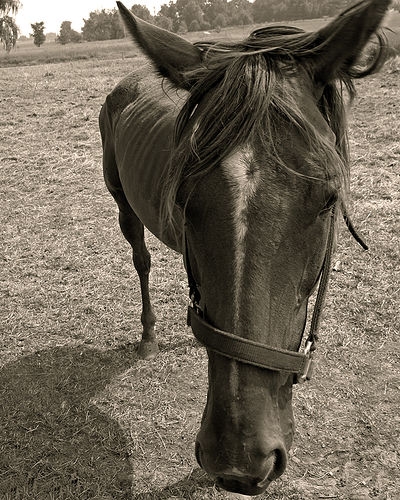
Call your veterinarian. Instead of guessing what the problem is, your vet will check your horse’s teeth to see if they fit or if there are any that need pulling. He will de-worm your horse and take blood samples to test for liver and kidney diseases.
File your horse’s teeth to ensure an adequate chewing surface. Even a young horse may need its teeth floated but this condition is more prevalent in horses over ten years old. Check your horse’s tongue and inner cheeks for cuts, which are a sign that sharp portions of the teeth are preventing him from eating without pain.
Have your horse de-wormed at least twice a year, or more often if intestinal parasites are common in your area. Worms take up residence in your horse’s intestines and absorb the nutrients your horse needs to build muscle and put on a healthy layer of fat. In addition, worms can reduce the output of enzymes, causing the food to pass through the horse’s system without digesting. Use a broad-spectrum de-wormer or take a stool sample to your vet for analysis.
Ask your vet for an equine antacid if your horse has suspected ulcers. Some horse researchers suspect as many as 80 percent of all horses have some experience with an ulcer at some point in their lives. Equine antacid can alleviate the discomfort temporarily, allowing your horse to eat more food. (See Resources)
Check the quality of the hay your horse is eating. Low quality hay, combined with an inactive horse can result in a lower metabolism. In this case, your horse may appear bony about the back and hips with a large stomach. Remove old hay and provide good quality brome or prairie hay.
Supplement your horse’s grazing with alfalfa, sweet feed or grain, to which you add ½-cup of corn oil daily. The nutrients from the alfalfa will increase your horse’s activity level and mood but only allow a limited portion every day. A horse that eats too much alfalfa or grain will founder. Corn oil is a good weight supplement and within a couple of months, your horse will look better.
Exercise an older horse. When a horse does not use its muscles, the muscles atrophy and the horse will look lean in the hips, back and neck. Encourage an older horse to walk from pasture to pasture during the day by feeding in a different spot occasionally. Providing a companion horse will often make a solitary horse happier and it will move about more.
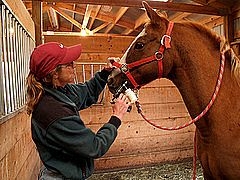 How to Worm a Horse
How to Worm a Horse
How to Worm a Hors
How to Worm a Horse
How to Worm a Horse
How to Worm a Hors
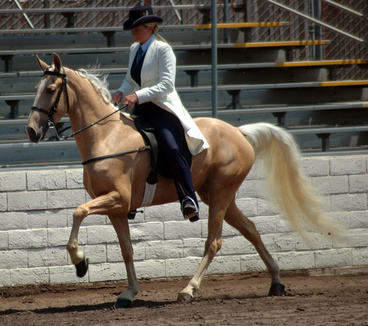 About Walking Horse Bridles
About Walking Horse Bridles
About Walk
About Walking Horse Bridles
About Walking Horse Bridles
About Walk
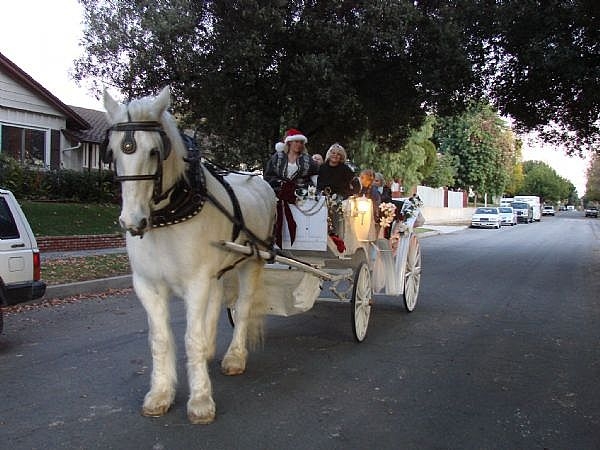 How to Harness a Horse
How to Harness a Horse
How to Harness
How to Harness a Horse
How to Harness a Horse
How to Harness
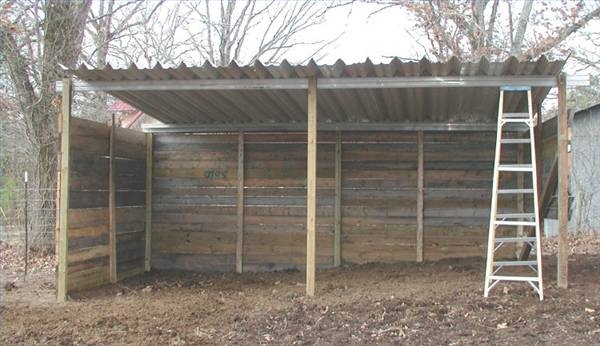 How to Build a Single Horse Barn
How to Build a Single Horse Barn
How t
How to Build a Single Horse Barn
How to Build a Single Horse Barn
How t
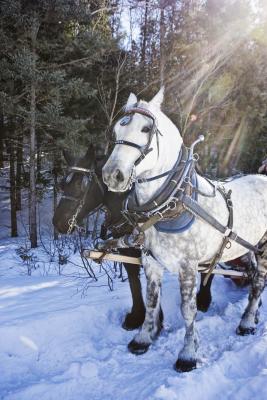 How to Feed Your Horse
How to Feed Your Horse
How to Feed You
How to Feed Your Horse
How to Feed Your Horse
How to Feed You
Copyright © 2005-2016 Pet Information All Rights Reserved
Contact us: www162date@outlook.com